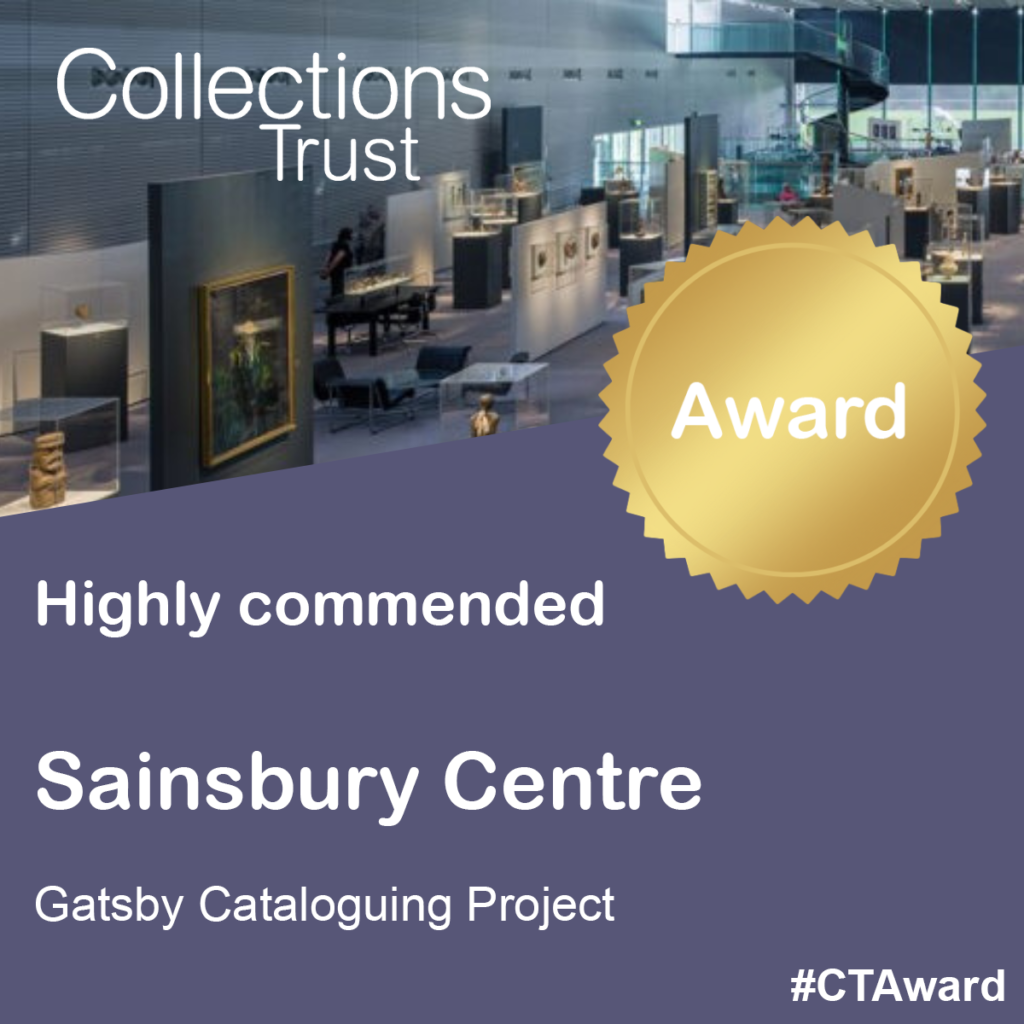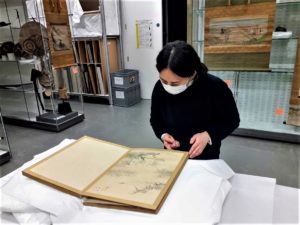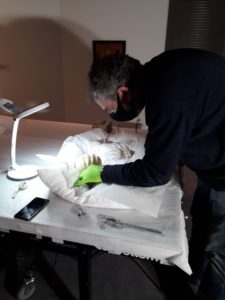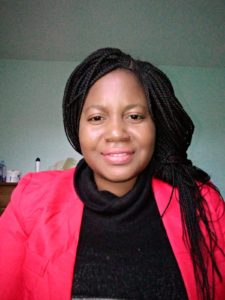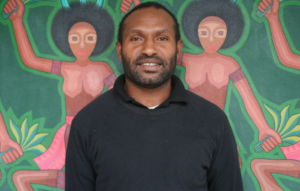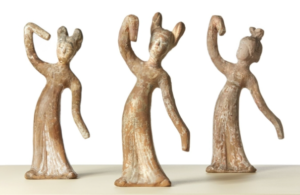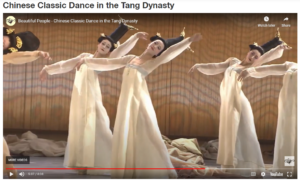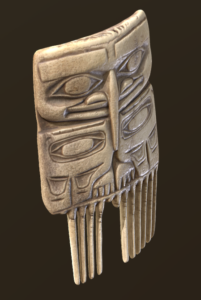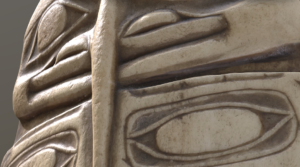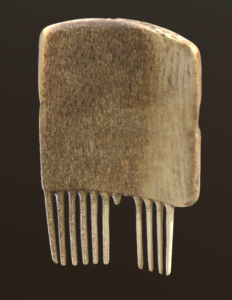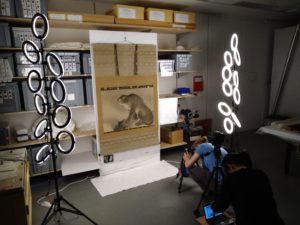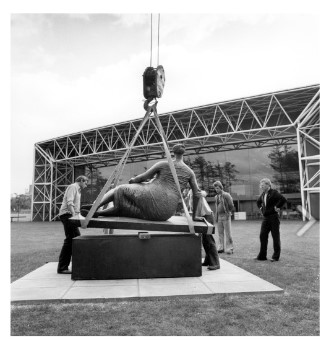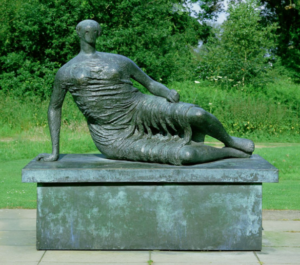The Sainsbury Centre has received a Highly Commended Award for the Gatsby Cataloguing Project, which freshly examined the Centre’s art collection by taking a more open and inclusive approach, enhancing online catalogue records and setting standards of documentation that can be applied cross-culturally to their rich and diverse collections. The project was made possible by a Gatsby Foundation grant awarded in 2019, and has been developed over the last 3 years, by the Collections team of curators and registrars.
The Collections Trust helps museums work with the information that connects collections and audiences. Their standards and advice are used around the world to make museum collections accessible. This year’s Collections Trust Annual Award celebrated recent collections-based work relating to their rethinking cataloguing campaign and changes within the Spectrum standard.
